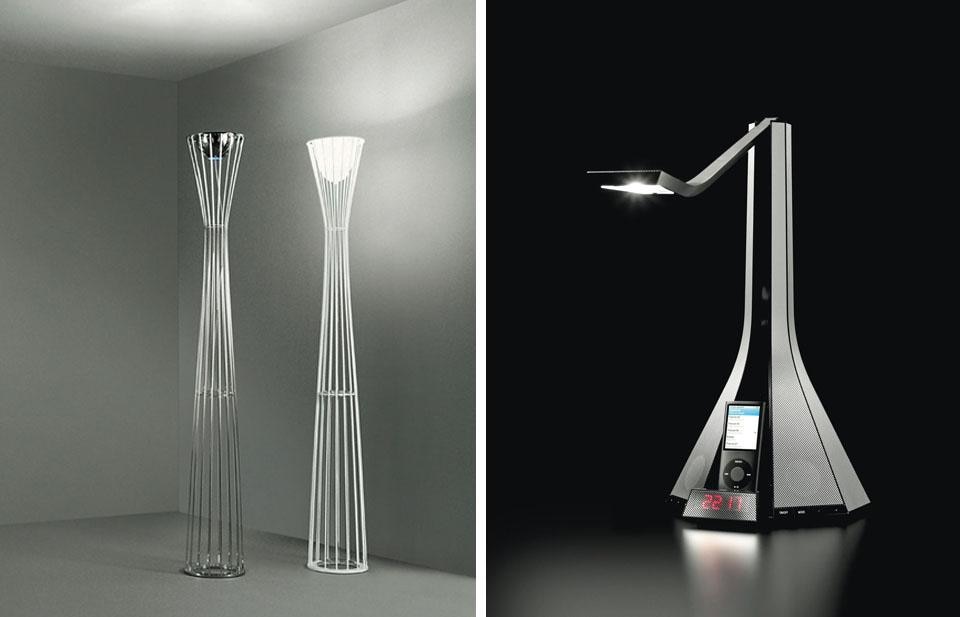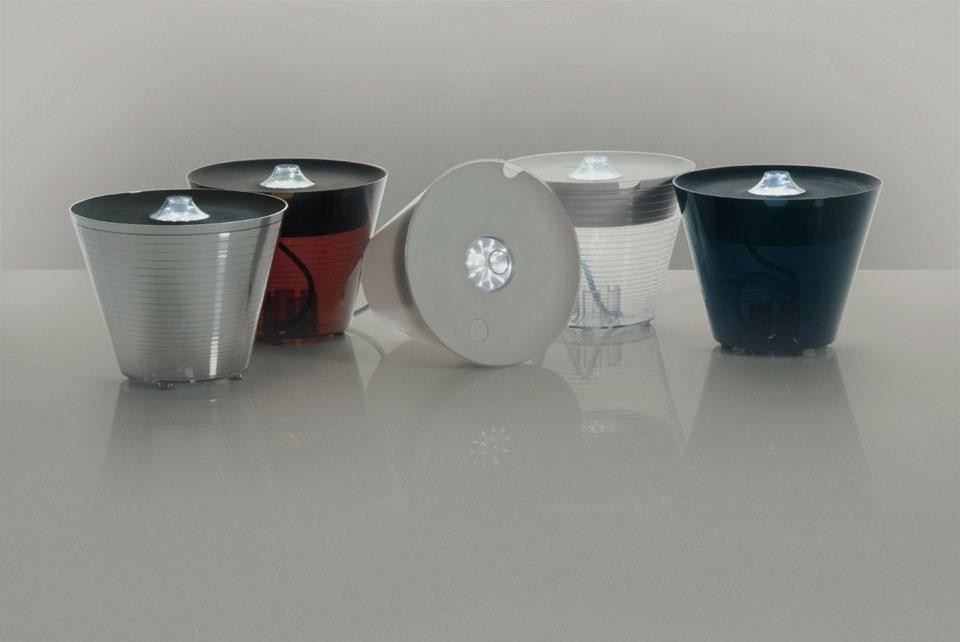The company acquired a faithful clientele and business was good. But by the late '90s, the founders saw that the market was changing, with customers increasingly abandoning them in favour of other, Asian manufacturers. Their products were easily copied by a number of companies – mostly Chinese – that were able to ensure a reasonable product quality and, above all, much lower prices than theirs.
The two partners quickly realised that competing to protect their "traditional" product would be practically impossible. Consequently they decided that an abrupt change of tack was needed in order to get out of that dead-end situation, con- cluding that the way forward lay in technological innovation and apt new market strategies. Through friends, they found two good designers in Milan: Dante Donegani (also from the Trentino region) and Giovanni Lauda (from Naples), who very soon became the company's art directors.
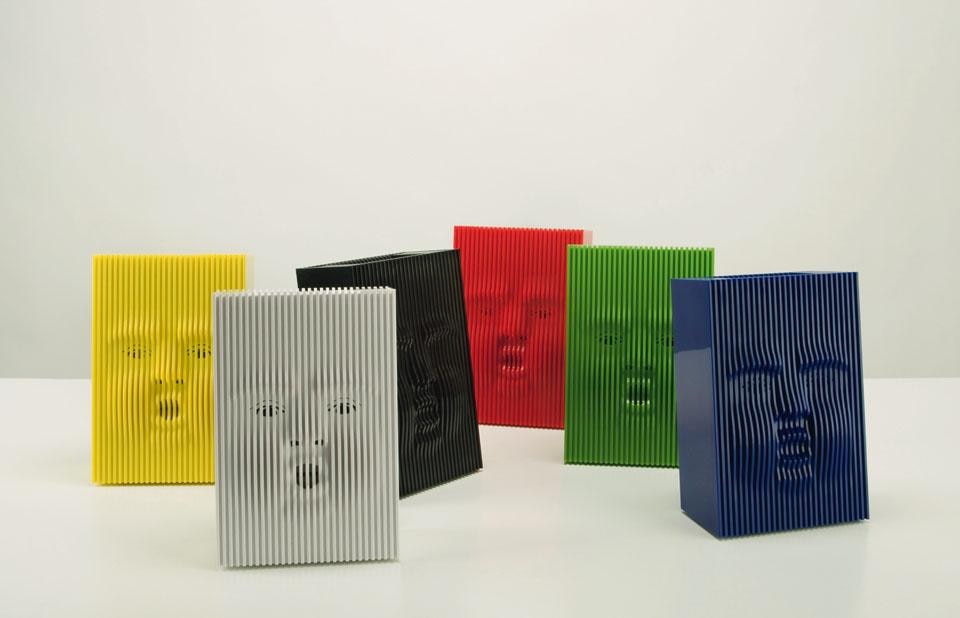
Rotaliana's first request to Donegani and Lauda was to renew the company's collection. Substantially, this operation meant adopting a policy of "contemporary design" while continuing to offer the classic typologies, in the conviction that this strategy would defuse the problem of "easy" imitations.
However, this line of attack quickly revealed its weaknesses. On one hand the new collection failed to convince the old customers, who were still interested in more tradi- tional products, and on the other it failed to conquer a share of more contemporary markets because the products, despite their quality and beauty, were not sufficiently original to make their presence felt. In this still uncertain situation, Donegani and Lauda also came up with an unusual product model. Characterised by its curious multifunctional na- ture, it went decidedly beyond the idea of a typical table or ambient lamp. What they proposed was a vase that could be illuminated. But the major innovation lay in the fact that it would contain, and neatly conceal, several electrical sockets for the chargers of the various mobile electronic devices that fill our lives nowadays.
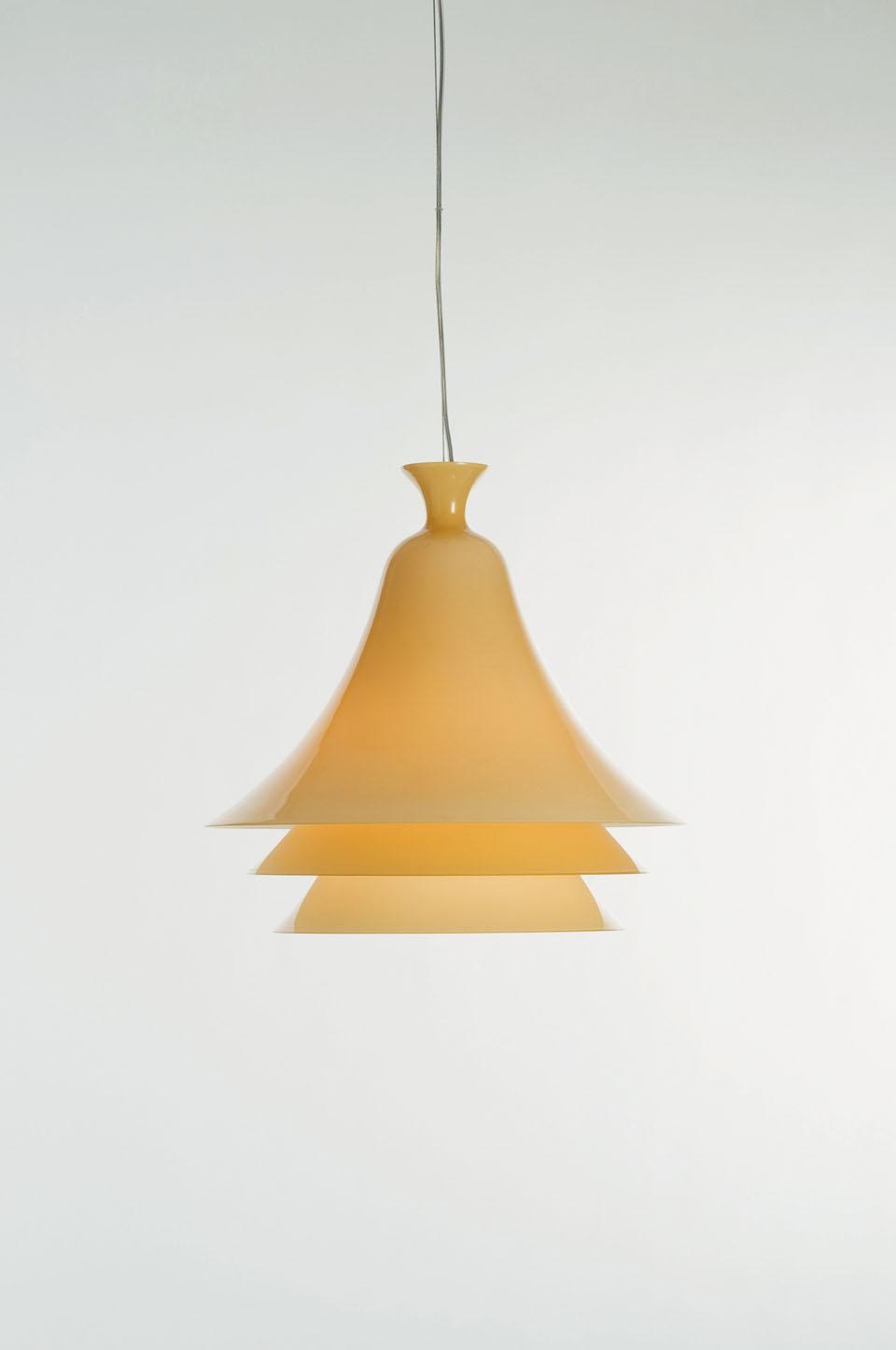
After this brief account, which illus- trates the possible paths of recovery for industry and design in the most typical Italian style, we can observe the linguistic and narrative results of this story, pausing to consider some of the text-products presented in Ro- taliana's collections over the past three years. There has been a recog- nisable evolution in the original and innovative path pursued by multitasking, hybrid objects. This can be seen in the blossoming of two new product types dictated by a reflection on the themes of iconicity, functional compactness and environmental sensoriality.
Donegani and Lauda have for a while been conducting interesting research on the interpenetration of functions and form in an evolutionary proposal of living spaces. The fruits of their work come in the guise of two unusual presences introduced into the domestic theatre. With an iconic quality similar to that of small votive shrines, these multifunctional devices carry a strong poetic and sensorial charge.
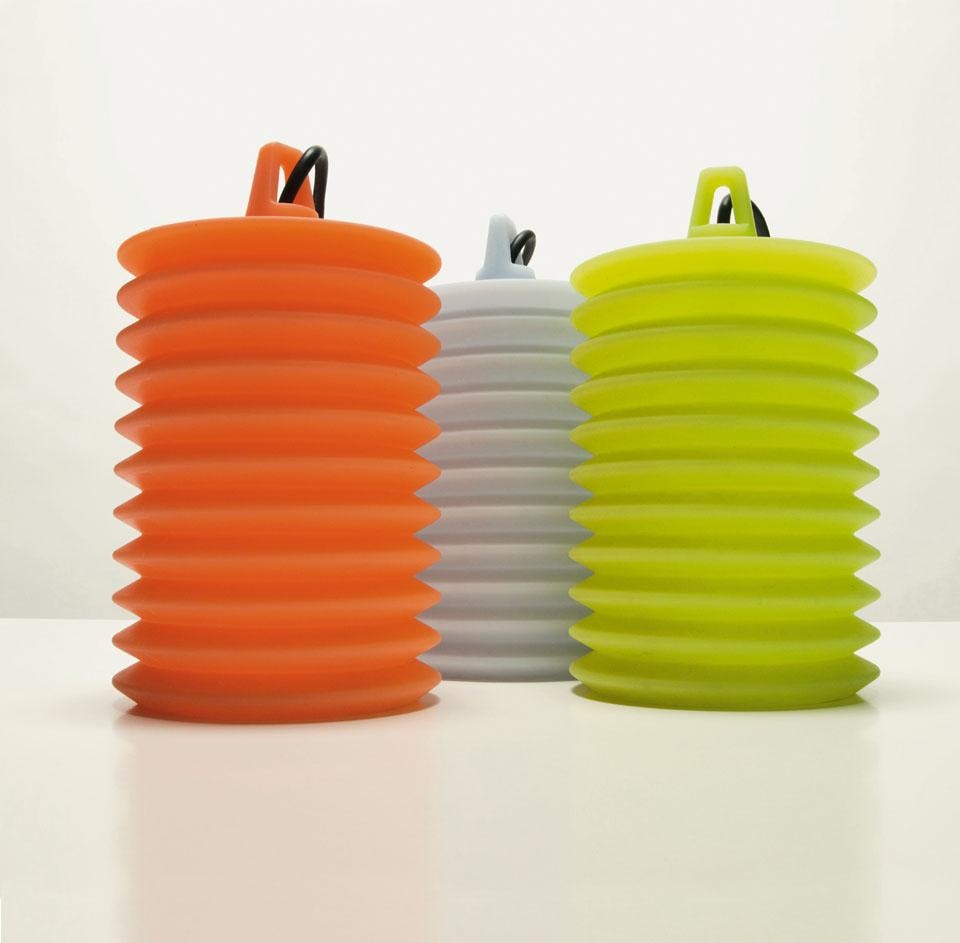
Eolo, on the other hand, is a different matter. In some ways a domestic presence more inspired by a pagan idolatry, it might, in a Nietzschean way, be described as Dionysiac. A diffuser of chromatic light and environmental perfumes is concealed in a parallelepiped, its surface marked by a set of vertical lines (here too it is interesting to note a certain analogy with the absolute form of the Ariante fan designed by Zanuso in 1973-74). The contours of a face are formed through the vertical lines, appearing like a hidden spirit as the cheeks puff up like the facial features of Aeolus (the character who inspired the object's name), dispensing perfumed air with his divine breath. As the product description reads, "Light and perfume, as immaterial elements of furniture, engender new re- lations between environment and mood." Figuring out just where the ironic game begins and ends, to be- come a New Age practice of pure hedonistic pleasure, is a discovery left to the sensorial and intellectual ex- perience of each user. This interpretation echoes the cathartic role of texts like Siddharta by Herman Hesse, or Robert M. Pirsig's Zen and the Art of Motorcycle Maintenance.
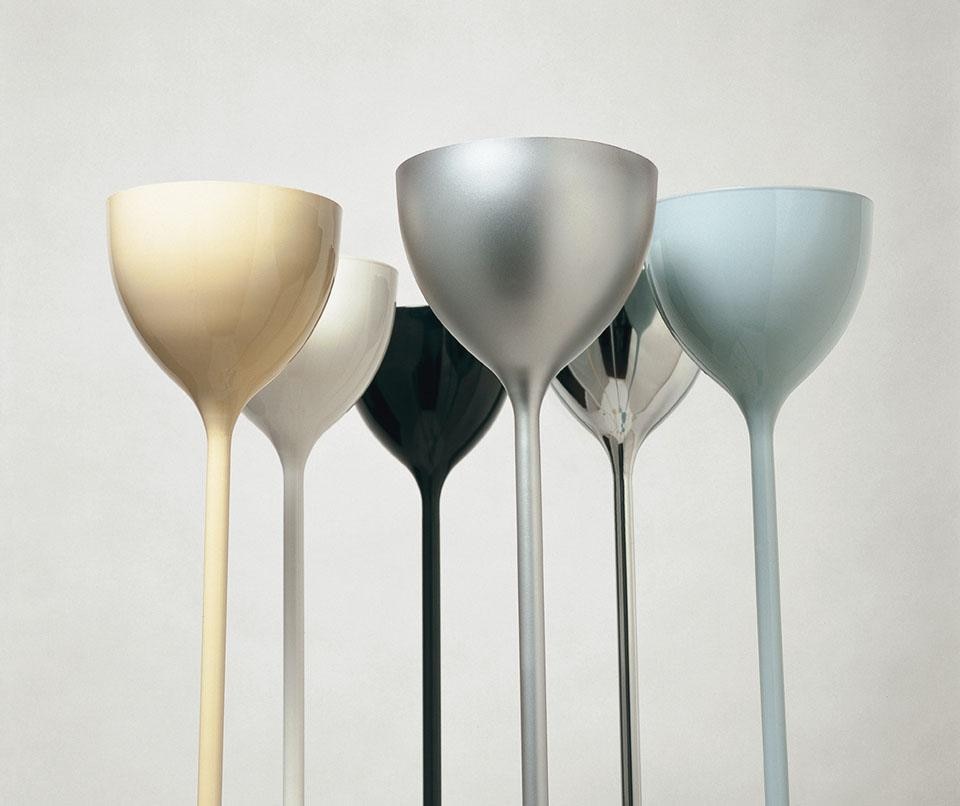
Designed with a more ironical and humorous note is the luminous effect of the silicone Lampion lantern, conceived by Emmanuel Gallina: a presence of coloured light to be hung freely indoors or out, but also to be placed anywhere on a table or floor. By means of a flexible, soft and semi-transparent material, the "Chinese lantern" is transformed into a little "banderon", like a surreal and playful mouth organ – an object-character for a story by Julio Cortázar.
Recent years have also seen a number of notable reinterpretations – for wider applications – of interesting models designed by Donegani and Lauda prior to the period examined here. For example, it is worth mentioning the opaline diffuser version of the dematerialised Lightwire luminator, and the new filiform versions, with a goblet diffuser, of the floor lamps for the Drink series. But we should also flag up the wall lamp in the Icselle series, which is a giantsize pop reproduction of the celebrated PAR 56 halogen lamp, once used as a headlight on automobiles and exploited by the Castiglioni brothers in a highly original and surprising way in their famed Toio mod- el (1962). This latter was an undisputed family founder of that "experimental enlightenment" with which, with quality and continuity, Donegani, Lauda and Rotaliana have measured and proved their strength.
